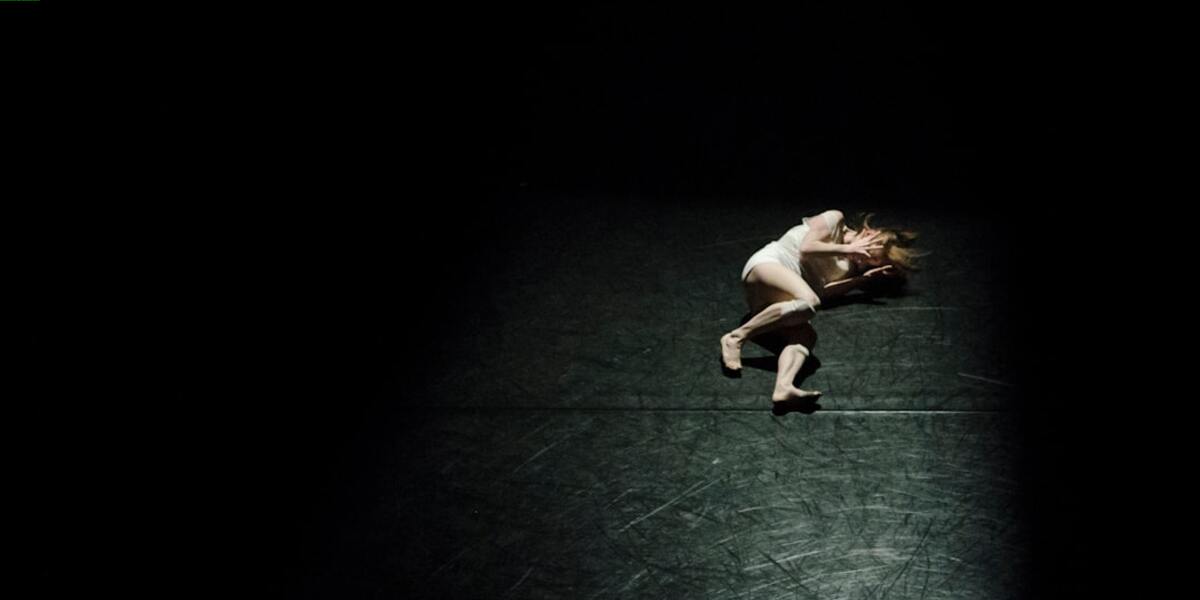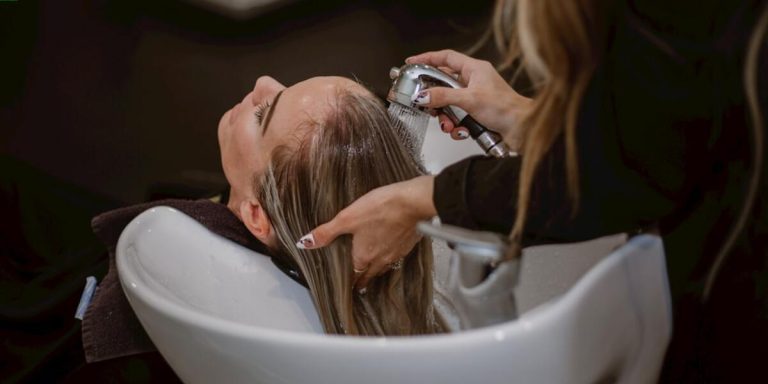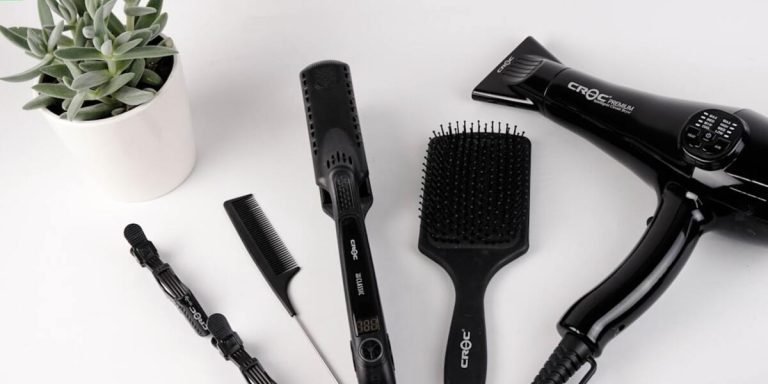Seborrheic Dermatitis and Hair Loss Treatment: Essential Knowledge for a Healthy Scalp
Unraveling the connection between seborrheic dermatitis and hair loss treatment can be crucial for individuals seeking solutions to their scalp-related issues. Seborrheic Dermatitis, a common skin condition that primarily affects your scalp, not only leads to dandruff but could also contribute significantly towards hair loss. Understanding this relationship aids in formulating effective treatments and managing expectations regarding recovery.
In dealing with both these conditions simultaneously or individually, it is paramount to understand its causes, symptoms and potential remedies. This post aims at offering an insightful overview of seborrheic dermatitis as well as exploring efficient hair loss treatments available today; arming you with essential knowledge required for promoting a healthy scalp.
Did you know?
Contrary to popular belief, seborrheic dermatitis isn’t caused by poor hygiene but is actually a result of an overgrowth of yeast on the skin. It can aggravate hair loss if left untreated.
Understanding the Link Between Seborrheic Dermatitis and Hair Loss
In understanding the link between seborrheic dermatitis and hair loss, it’s essential to first grasp what these two conditions entail. Seborrheic dermatitis is a common skin condition influencing areas of high oil production; this includes the scalp—an area crucial for hair growth. Distinguished by its characteristic red, flaky patches that may be covered with greasy scales, it often leads to discomforting itchiness which can disrupt daily life.
The connection between seborrheic dermatitis and hair loss appears when constant scratching results in damage to the protective layers of your skin—thus potentially exposing your follicles to harm. This disruption could lead directly or indirectly (by influence on other factors like stress) towards temporary or even permanent forms of alopecia.
Various strategies for treating both conditions have emerged in 2023 due to innovative advancements in technology. Dermatologists commonly recommend topical solutions, such as medicated shampoos with ketoconazole, to combat yeast buildup—one possible cause of inflammatory responses leading to seborrhea. Additionally, gentle natural remedies incorporating tea tree oil can provide relief from itching without causing additional irritation, thanks to their anti-inflammatory properties.
To address potential resultant hair fall issues too – treatments including minoxidil application offer promising evidence backed-results aimed at stimulating regrowth while dietary changes ensuring adequate nutrition intake support overall follicle health thereby contributing towards maintaining healthy head coverings despite having sebborhoeic dermatisis-associated disruptions.
The Science Behind Scalp Inflammation and Follicle Damage
Scalp inflammation and follicle damage are two key elements in the complex relationship between seborrheic dermatitis and hair loss. This condition, marked by itchy, flaky skin on the scalp (often recognized as dandruff), can indeed exacerbate or even cause patterns of hair thinning if not treated appropriately.
Delving into the science behind this link allows us to understand why treatment is so critical for mitigating such outcomes. Seborrheic dermatitis primarily causes scalp inflammation which isn’t just uncomfortable—it also damages your delicate hair follicles.
Hair health heavily relies upon these tiny structures buried within our scalps; they’re responsible for producing new strands of hair throughout our lives—meaning that when they’re damaged due to prolonged inflammation, you might experience symptoms like reduced volume or complete loss over time.
What happens here is a kind of domino effect: severe itching associated with seborrheic dermatitis urges scratching. Frequent scratching generates mechanical stress on growing hairs, causing them to break off prematurely—an immediate contributor to visible thinning—and interrupting normal growth cycles through physical disruption at the root level.
Signs That Your Hair Loss May Be Connected to Seborrheic Dermatitis
While hair loss can be a naturally occurring symptom of aging, it is important to understand that certain skin conditions could also play significant roles. In context, seborrheic dermatitis constitutes one such condition known for its links with hair thinning and baldness. Let’s delve into the signs showing that your hair loss may be connected to this inflammatory skin disorder.
1. Persistent Dandruff: One primary sign linking seborrheic dermatitis with hair loss is persistent dandruff or flaky scalp- a hallmark characteristic of this disorder. If you notice an increase in flakes on your shoulders or white specks caught up in your hair strands even after regular shampooing, it might signal towards underlying issues like these.
2. Red Skin Patches: These are often accompanied by greasy scales predominantly across the scalp area but remain as prominent indications if they appear on other body parts too.
3.What about Itching? Severe itching typically around oily patches over the scalp is another indicator pointing towards potential connections between ongoing hair fall phenomena and seborrheic dermatitis.
4.Scattered Hair Thinning: Experiencing overall thinning rather than isolated bald spots suggests probable ties with Seborrheic Dermatitis-related inflammation leading eventually to weakened follicles surrendering their grip upon hairs prematurely.
Let’s now discuss related keywords about “seborrheic dermatitis and hair loss treatment,” focusing on specific treatments that effectively address both issues simultaneously.
Comprehensive Treatment Options for Hair Loss Due to Seborrheic Dermatitis
A growing concern among many individuals today, hair loss due to Seborrheic Dermatitis can be both distressing and challenging. However, with advancements in dermatological treatments in 2023, managing this condition has become significantly more manageable.
Seborrheic Dermatitis is a common skin disorder that mainly affects the scalp leading to scaly patches, redness and stubborn dandruff. While it’s not directly linked to baldness or extreme hair thinning itself; inflammation caused by Seborrheic Dermatitis may lead to increased shedding of follicles which results in visible hair loss.
Comprehensive treatment for such type of hair fall does not merely involve treating the symptoms but also addressing the root cause – controlling flare-ups of dermatitis on your scalp. Topical medicines like Ketoconazole shampoo are prevalent as first-line therapy because they help reduce scaling and itching while fighting off infective fungi lurking on your head surface . In some resistant cases doctors might prescribe cortisone-based lotions or foams too.
Incorporating clinically approved oral medications into one’s daily routine could offer much-needed support from within when outward therapies do not suffice alone. Some over-the-counter dietary supplements rich in omega-3 fatty acids , zinc , selenium etc have shown promising signs at bolstering overall health of tresses allowing them better resistance against inflammatory attacks .
Topical Treatments: Medicated Shampoos and Solutions
Under the umbrella of comprehensive treatment options for hair loss due to seborrheic dermatitis, topical treatments are a common and practical approach. These include medicated shampoos and solutions specifically designed to tackle both conditions; hair loss and inflammation caused by seborrheic dermatitis.
Medicated Shampoos: Medicated shampoos play a dual role in managing these issues. They not only help control the scalp’s yeast overgrowth associated with this specific type of Dermatitis but also tend to have ingredients that promote healthy hair growth.
A popular choice among users is Ketoconazole shampoo which has antifungal properties helping fight against Seborrheic Dermatitis as well as being clinically proven aiding towards reduced disk of thinning hair.
Other effective active ingredients found in such specialized shampoos may include Zinc Pyrithione, Selenium Sulfide or Tar-based formulas all known for their anti-fungal/anti-bacterial prowess.
Systematic Approaches: Diet, Stress Management, and Medications
Seborrheic dermatitis, a common skin condition causing an itchy rash and white flakes or scale on the scalp, often results in hair loss if not properly managed. The overall treatment for this issue is systematic and involves diet monitoring, stress management practices along with implementing medications.
Diet forms the foundation of controlling seborhheic dermatitis and ultimately curtailing hair loss. Inflammatory foods such as processed items laden with sugar & unhealthy fats should be avoided. Instead incorporate high omega-3 based foods like wild caught fish, nuts & seeds into your daily intake to alleviate symptoms and boost general health; they are known for reducing inflammation that can exacerbate flaking skin conditions including Seborrheic Dermatitis.
Next comes managing stress levels which has a direct impact on well-being. It’s been established that chronic stress might make seborrhoea worse by disrupting body’s equilibrium leading to inflammations thus accelerating unwanted baldness.. Practising Yoga or meditation regularly can lower cortisol (stress hormone) levels significantly resulting in improved scalp health over time.
Moreover prescription-based medicated shampoos containing ketoconazole – potent anti-fungal agent – could provide relief from flare-ups owing to their ability to control Malassezia globosa fungus responsible for causing this particular type of eczema .
Incorporating topical cortisone creams may also prove beneficial due to its steroidal properties soothing inflamed scalps tasks alleviating itchiness while promoting better follicle longevity..
Innovative Medical Interventions in Managing Seborrheic Dermitis-Related Hair Loss
Today’s medical world is advancing rapidly, with innovative treatments constantly emerging. This holds especially true in the field of trichology where specific solutions are being developed to combat conditions like seborrheic dermatitis – a common culprit behind hair loss. The intersection between this skin condition and scalp health has become an area of keen interest for researchers and clinicians alike.
Seborrheic dermatitis, characterized by flaky scales and red patches on the scalp, often leads to embarrassing hair loss scenarios if left untreated. Fortunately, contemporary medicine offers several cutting-edge interventions that not only manage this distressing skin disorder but also counteract its associated hair fall issues effectively.
Remember that it’s crucial one does not self-prescribe or experiment with OTC products without professional consultation since each individual’s case varies significantly based on underlying factors such as genetics or overall health status . With personalized care plans under capable physicians’ supervision , those suffering can hope to regain normalcy along having happier scalps sooner than later!
Cutting-edge Therapies: Light Therapy and Stem Cell Treatments
Scientific advancements have led to a better understanding of both these methods that help mitigate SD-induced alopecia by targeting follicle health.
1. Light Therapy: Also known as phototherapy, this treatment uses specific wavelengths or colors of light to reduce inflammation and stimulate hair growth. Recent studies show an increase in efficacy when combined with other conventional medicinal remedies for seborrhoea.
2. Stem Cell Treatments: A revolutionary breakthrough, growing popularity amongst dermatologists is observed for its potential in regenerating scalp tissue.
In essence, it involves harvesting your body’s own potent cells capable of differentiating into various types – including those needed for hair regeneration – thus addressing the roots cause behind balding patterns linked to SD.
Experts opine that these therapies demarcate significant strides taken towards ensuring improved healthcare outcomes within derma-trichology niche as they cater uniquely not just symptoms but underlying pathologies too.
However, while there’s enthusiasm about their capabilities,the investments required may act deterrents,since insurance rarely covers such procedures.However,given their proven effectiveness,a shifting paradigm can be expected soon leading seborrheic dermatitis sufferers closer than ever before,to winning fights against progressive thinning & receding lines caused by persistent scaling issues plaguing them relentlessly over years!
Surgical Advances: When is a Transplant the Right Choice?
Seborrheic dermatitis, an inflammatory skin condition associated with dandruff and scaling on the scalp, can be a noteworthy contributor to hair loss. This situation urges us to explore medical interventions like surgical advancements for coping up with this issue.
Among various methods available to tackle seborrheic-related hair loss, transplantation has turned out as quite innovative yet effective medium in 2023. The primary goal of a transplant procedure is implanting healthy follicles into the areas affected by baldness or thinning caused due to Seborrheic Dermatitis.
- Topical treatments like minoxidil (Rogaine)
- Ointments
- Shampoos designed to combat excessive production of DHT (the hormone causing patterned alopecia)
Consider switching gears toward more profound options like transplants only when these treatments consistently fail over time. Transplants involve vulnerability to risks and complications post-procedure, as they are an invasive process.
Conclusion
In wrapping up, remember that your journey with seborrheic dermatitis and hair loss treatment doesn’t have to be a lonely road marked by uncertainty. With the right knowledge and resources at hand, like those we’ve discussed in this article, you can understand your condition better and confidently step forward towards reclaiming a healthy scalp.
Don’t stop here! Continue exploring our website as it’s teeming with valuable insights on various Hair Loss Treatments. The more informed you are about these treatments, the better decisions you’ll make for your health — after all, when life hands us bald spots or thinning strands; we don’t fret – instead we browse through several informative articles available at our fingertips!







